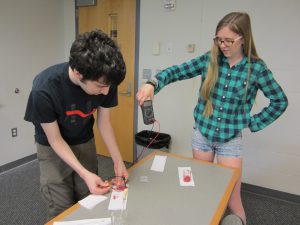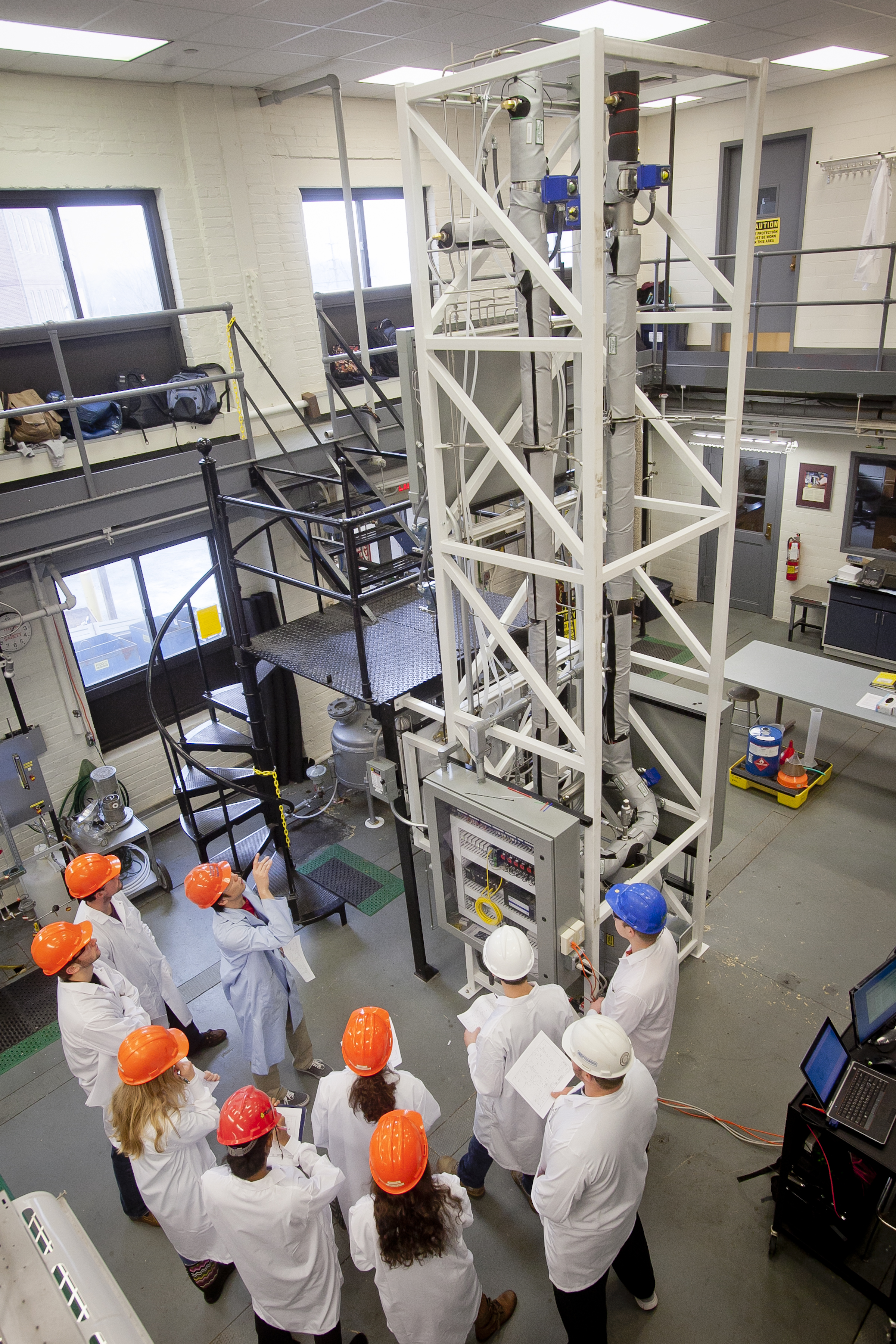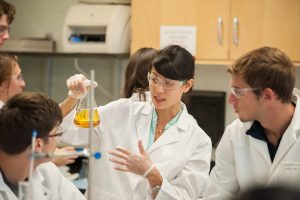CHE370: Alternative Energy Sources

This course will set a framework by which to analyze and compare the engineering challenges associated with various energy technologies. The course will first review fundamental thermodynamics associated with energy production followed by the introduction of theory and technology for fossil based (coal, crude oil, natural gas, shale) and alternative energy systems (including biofuels and solar energy). Biomass extractions and conversions for the production of biocrude, biogas, and biodiesel will be studied in the context of a biorefinery. Both conventional and alternative energy resources will be compared considering economics, viability, and environmental consequences of production. An introduction to carbon dioxide capture and storage will also be provided as a means for sustaining the fossil fuel option. Through this structure, students will also lead explorations into other alternative energy options. This course ends in a final project which varies year to year including physical prototype development and data visualization of energy applications.

CHE411: Mass Transfer, Separations, and Bioseparations
Purification of materials is an important aspect of chemical and biochemical process engineering. These processes allow us to drive our cars on gasoline separated from crude oil, drink distilled beverages, and produce high value pharmaceuticals. In this course we will explore the unit operations of chemical engineering pertaining to equilibrium and rate-based separations processes. Specifically, we will develop the concept of staged separations and examine gas absorption/stripping, liquid extraction, distillation, multi-component distillation, chromatography, and membrane separations.
CHE416: Green Design Analysis
One of the central roles of chemical engineers is to design and operate chemical processes yielding chemical products that meet customer specifications and that are profitable. Chemical process designs need to be protective of the environment and of human health, not only within the context of chemical production but also during other stages of a chemical’s life cycle. This course provides students with the fundamental tools needed to do process design and also practice the principles of green engineering. Specific topics will include regulations and safety, heuristics, simulation software, economics, impact assessment, and life cycle analysis.
ES101: Introduction to Engineering: Engineering and the Global Energy Challenge

Increasing demand for and diminishing supply of fossil-based resources requires the adoption of technologies aimed at both conservatively using the available resources as well as the implementation of renewable alternatives. Engineering innovations that have been applied towards the development of fossil-based resources, un-conventional hydrocarbon reservoirs, and renewable fuel feedstocks will be explored. These processes will be scrutinized in order to provide a systemic view of fuel production highlighting economic and societal constraints. This basis will be combined with laboratory-based design experiences used to illustrate how engineers develop economic solutions while minimizing environmental impact on processes key to refining.
INDS330: The Engineering Grand Challenges and Green Engineering
In 2008, the National Academy of Engineering identified 14 Grand Challenges for Engineering in the 21st Century. These Grand Challenges are a call to action and serve to draw society’s attention to opportunities and challenges affecting our quality of life. This course focuses on sustainable approaches toward investigating, addressing, and developing solutions these challenges. Using the principles of green engineering, multidisciplinary teams seek to address one or more of the grand challenges for the term project. The material for this short course was developed in the Spring of 2017 and is available for public use under the Grand Challenges and Green Engineering tab.